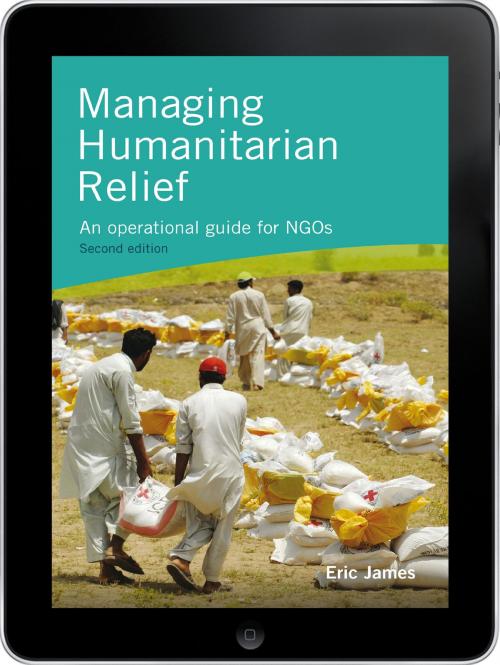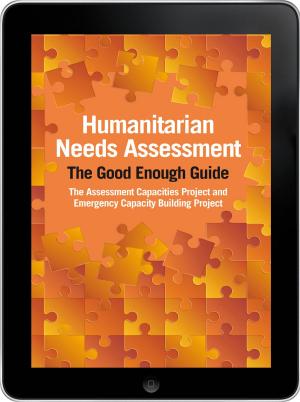Managing Humanitarian Relief 2nd Edition eBook
Nonfiction, Reference & Language, Reference, Social & Cultural Studies, Social Science| Author: | ISBN: | 9781780449036 | |
| Publisher: | Practical Action Publishing | Publication: | January 15, 2017 |
| Imprint: | Practical Action Publishing | Language: | English |
| Author: | |
| ISBN: | 9781780449036 |
| Publisher: | Practical Action Publishing |
| Publication: | January 15, 2017 |
| Imprint: | Practical Action Publishing |
| Language: | English |
Armed conflicts, natural disasters and environmental degradation result in human misery, and the common response is to want to help. Responding effectively to humanitarian disasters is far from straightforward, however, and relief workers often find themselves in a world of uncoordinated, highly competitive agencies where the ‘why’ and ‘how’ to provide relief is far from clear. Managing Humanitarian Relief is aimed at the relief worker who in the midst of these complex situations is putting together a programme of action to help people in extreme crisis. It provides humanitarian relief managers with a single comprehensive reference for many of the management issues they are likely to encounter in the field. Designed for the generalist and for those in management positions, the book provides enough background for readers to understand the topics quickly and to put them into practice in the field. Its easy-to-use format includes essential information checklists, tables, diagrams, sample forms, and no-nonsense tips from practitioners to help readers in emergency situations. The second edition brings the reader up to date with recent humanitarian reforms; the use of GIS and mobile technologies; tents and other temporary constructions and building materials; funding innovations; economic recovery, cash and vouchers, and microfinance. Managing Humanitarian Relief is essential reading for humanitarian practitioners as well as volunteers and others involved in humanitarian supplies provision. It is equally helpful to thought leaders, policy makers and educators.
Armed conflicts, natural disasters and environmental degradation result in human misery, and the common response is to want to help. Responding effectively to humanitarian disasters is far from straightforward, however, and relief workers often find themselves in a world of uncoordinated, highly competitive agencies where the ‘why’ and ‘how’ to provide relief is far from clear. Managing Humanitarian Relief is aimed at the relief worker who in the midst of these complex situations is putting together a programme of action to help people in extreme crisis. It provides humanitarian relief managers with a single comprehensive reference for many of the management issues they are likely to encounter in the field. Designed for the generalist and for those in management positions, the book provides enough background for readers to understand the topics quickly and to put them into practice in the field. Its easy-to-use format includes essential information checklists, tables, diagrams, sample forms, and no-nonsense tips from practitioners to help readers in emergency situations. The second edition brings the reader up to date with recent humanitarian reforms; the use of GIS and mobile technologies; tents and other temporary constructions and building materials; funding innovations; economic recovery, cash and vouchers, and microfinance. Managing Humanitarian Relief is essential reading for humanitarian practitioners as well as volunteers and others involved in humanitarian supplies provision. It is equally helpful to thought leaders, policy makers and educators.















